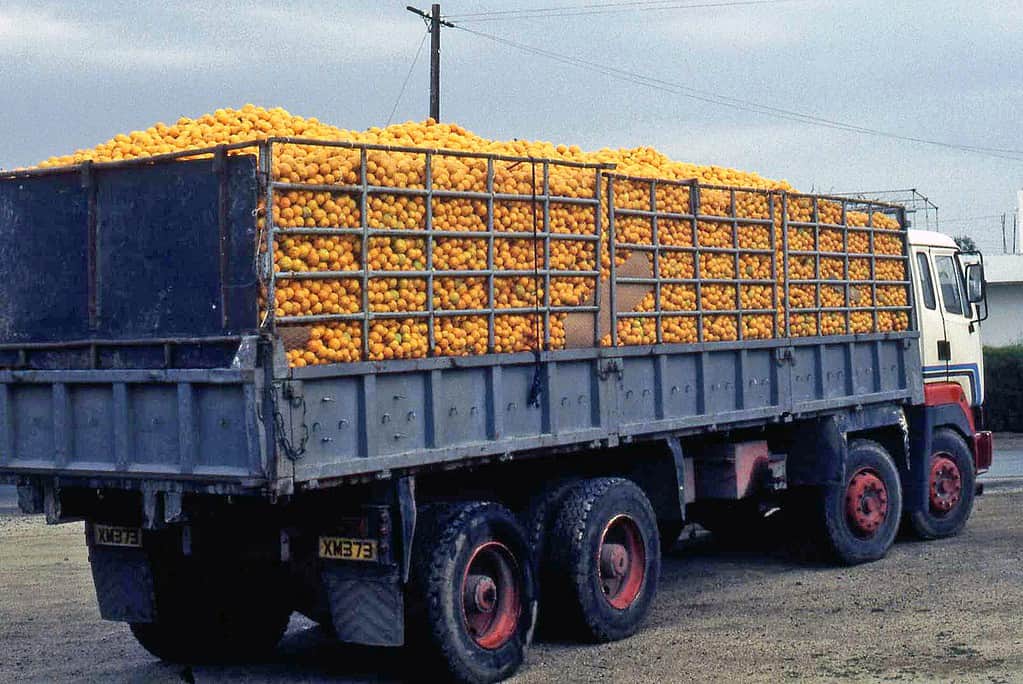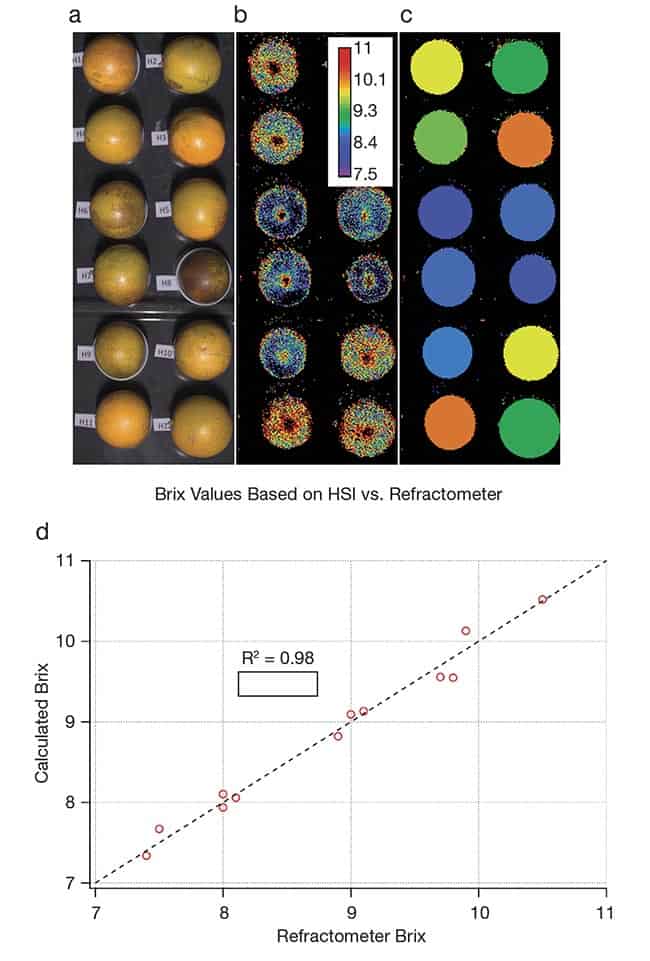We all love a good orange juice. But how do you find the best oranges for that sweet OJ? According to some researchers, just look at them — under the right wavelength.

Oranges are one of the most popular fruits in the world. We’ve grown so fond of them that we consume a whopping 47 million tons per year. But oranges undertake quite the journey from the trees and onto our plates and glasses.
The first stop after they’re picked is in packing and processing plants, where fruits are split into fresh and frozen juice, concentrate, or other products (like essential oil). At this step, it’s important to separate the oranges based on their sweetness and flavour. But how do you do that for tons and tons of oranges every day?
The traditional approach is to juice some of the oranges and analyse them in a laboratory with expensive machinery, determining which orange is best suited for what. But this process is expensive and labor-intensive. So, researchers and companies are increasingly looking at ways to do it faster. Thanks to multispectral cameras (cameras that see light in multiple wavelengths), they’ve found a way to do just that.
Brix degrees
Visual inspection has always been important in the food industry. After all, if consumers look at a piece of food and it doesn’t look good, they probably won’t want it. Furthermore, if you’re experienced enough, you can probably quickly tell some of the sweeter fruits from the less sweet ones. In the industry, a measure called Degrees Brix is used for this. Brix essentially measures how much sugar there is in fruits and other products. But human vision can’t tell Degrees Brix by itself.
Our vision is limited to a spectrum of wavelengths between 400 and 700 nanometers (nm). But multispectral cameras can use different wavelengths and see fruits differently.
In an industry study, the company Headwall Photonics took Hamlin oranges and scanned them with a hyperspectral system that used hundreds of different wavelengths to visualise the oranges. The oranges were then juiced, and their Brix value was measured the traditional way.

The researchers then created a regression model that analysed the data and generated a classification model of Brix degrees based on image pixels. Essentially, they wanted to see how visual characteristics correlate with sugar content — and they were successful.
The correlation between the sugar content estimated by the model and sugar content calculated by with conventional methods fit almost perfectly, showing that the method works and can be deployed industrially.
Speed and quality
With this approach, entire truckloads of oranges can be scanned within minutes, saving time and money and making the entire process more efficient.
The approach can also be deployed to study other orange parameters. For instance, we might determine whether they are starting to go bad or what they are likely to taste like. Ensuring safe and high-quality fruits and vegetables is important throughout the supply chain.
Many countries have mandatory quality standards for produce, including general ones and specific ones for certain fruits like citrus and oranges. There are also private standards, and even retailer-specific requirements, all of which can benefit from multispectral cameras.
So, the next time you have your OJ, just know that there might have been some advanced technology involved in bringing just the right orange to your glass.


